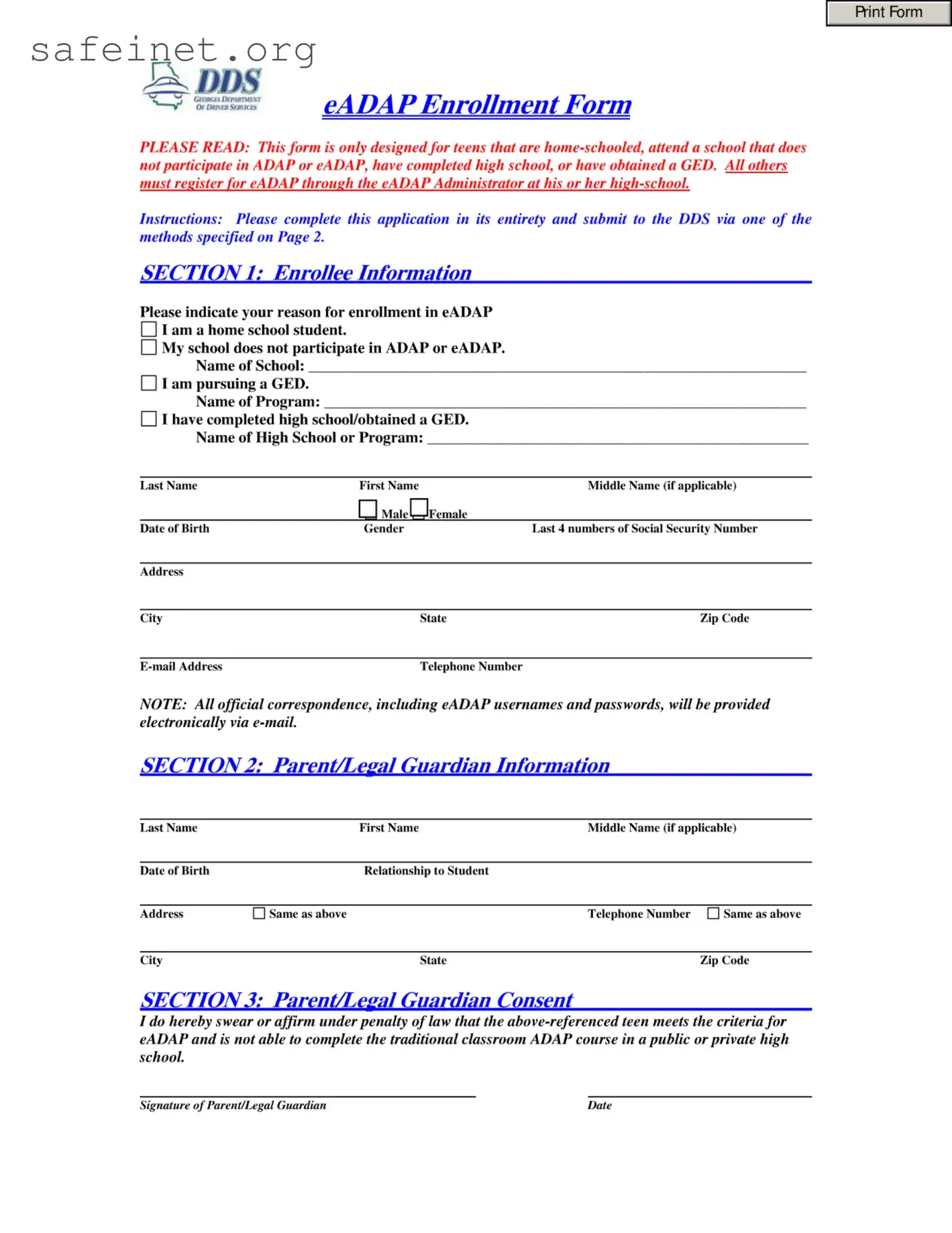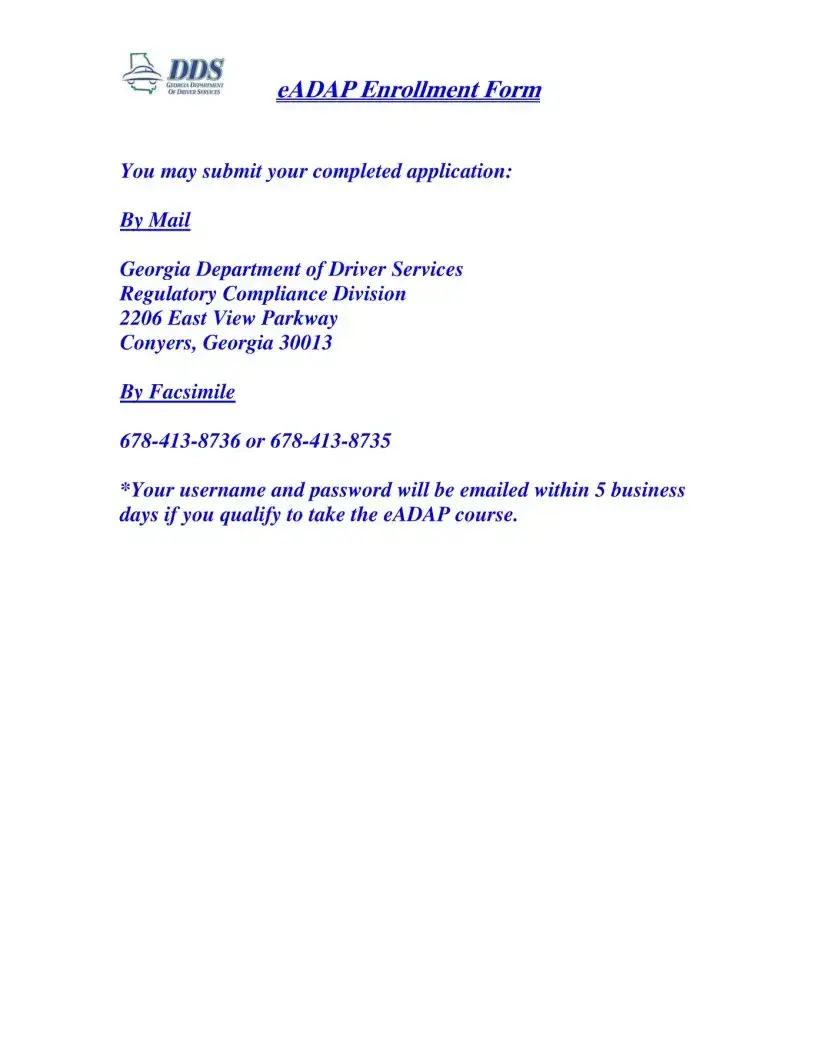What is the purpose of the Eagle Scout Fundraising form?
The Eagle Scout Fundraising form is designed to assist scouts in managing and documenting funds raised for their projects. It serves to ensure transparency and accountability in fundraising efforts while helping scouts learn valuable skills in financial planning and organization. This form typically requires detailed information about the fundraising event, the intended use of the funds raised, and the signatures of concerned parties, such as parents or guardians. Individuals can use this document to expedite the approval process for their fundraising activities, making it easier to focus on their project.
Who is eligible to use the Eagle Scout Fundraising form?
Eligibility for the Eagle Scout Fundraising form extends primarily to scouts who are pursuing the Eagle Scout rank. This includes individuals who are at least 13 years old and have completed certain required ranks and merit badges. Furthermore, scouts must be registered members of the Boy Scouts of America (BSA). The form also caters to specific individual circumstances, such as those who are home-schooled or attend a school that does not participate in certain programs. This diversity in eligibility allows scouts from various educational backgrounds to engage in fundraising activities relevant to their Eagle projects.
What should I do if I need assistance filling out the Eagle Scout Fundraising form?
If assistance is required while completing the Eagle Scout Fundraising form, it is advisable to reach out to a troop leader, a parent, or another trusted adult associated with your scouting unit. They can provide guidance on how to fill out the form accurately and ensure all necessary details are included. Additionally, many scouting councils have resources available on their websites that offer instructions and tips for completing the form. Seeking help early on can prevent potential delays in the approval of your fundraising efforts.
How long does it take to receive approval after submitting the Eagle Scout Fundraising form?
The time it takes to receive approval for the Eagle Scout Fundraising form can vary depending on several factors, including the local council's processing times and the volume of requests they are handling. Typically, scouts should expect to receive a response within a few weeks after submission. However, it is important to submit your form as early as possible and keep in contact with the council to check on the status. This proactive approach ensures that you remain on track with your fundraising timeline and project deadlines.


